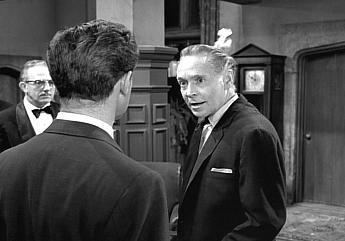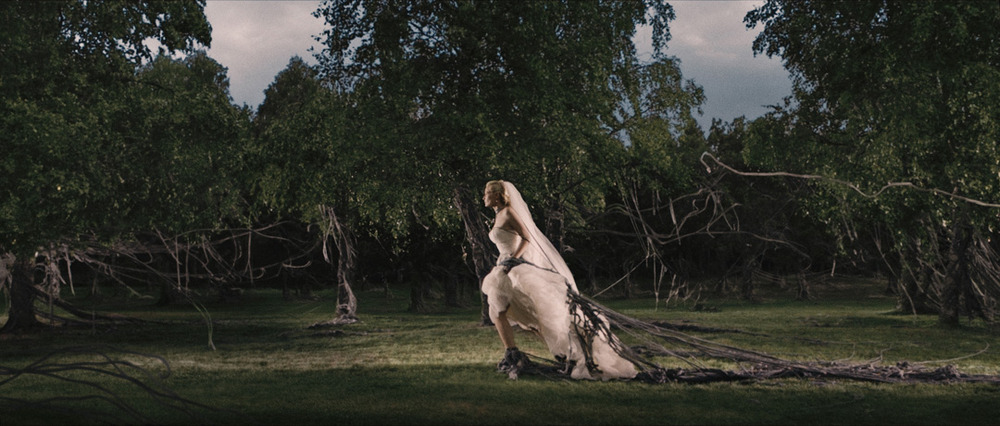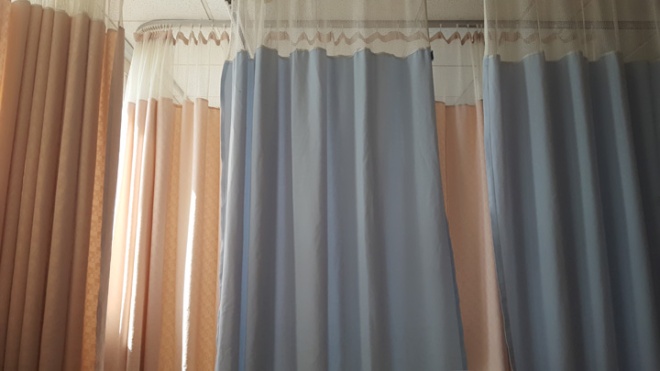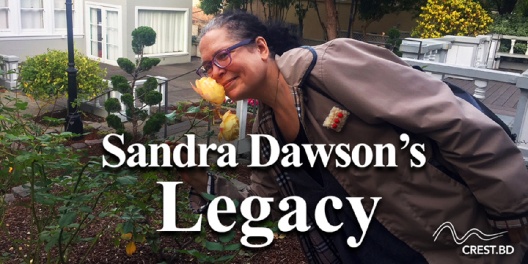Derealization is a subjective alteration in one’s perception or experience of the outside world. The pervasive unreality of the external environment is a key feature, along with emotional blunting. The world loses its vividness, coloring, and tone.
I’ve spent much of the last year walking around in a fog, hazy, underwater, under glass, where nothing is real. This isn’t happening.
My partner has end-stage cancer, and was transferred from Acute Care to the Palliative Care Ward about 3 weeks ago. I was standing there, just staring at her while she slept in a hospital bed, knowing where we were and who I was and yet, the scene was surreal. Detached from my real life. Like flowing curtains.
Then her psychiatrist walked in, and suddenly everything was real. I started sobbing at the horrible reality of what was happening, and what will happen.
“People speak, I’ve no reply
I’m empty inside
But for the incessant screaming
Which refuses to subside”
–Single Gun Theory, I’ve Been Dying
Less than a week later, she was transferred to hospice.
“I’ve been dying a long time
Down on my knees
There’s no way out of here
I’ve been dying a long time
Can’t seem to pick up the pieces of my life”
–Single Gun Theory, I’ve Been Dying
Single Gun Theory were an Australian band who sampled from myriad sources, including Robert Oppenheimer, Natalie Wood, spoken word samples recorded in India, Turkey, and Southeast Asia (e.g., Islamic call to prayer, recitation of the Qur’an, Indian female vocals), and The Twilight Zone.
 “Twelve months ago to the moment you destroyed yourself
“Twelve months ago to the moment you destroyed yourself
Much as I told you you would“
{sampled from The Silence, Season 2, Episode 25 of The Twilight Zone}
Nearly a year ago, Sandra was diagnosed with stage 4 cancer. I tried for 7 months to enroll her in a clinical trial, to no avail. I wrote about how hard that was, and what was wrong with the cancer clinical trials systems in both the US and Canada.
[That] post [was] my own personalized rant about the false promises of personalized medicine. … It [was] about oncology, for very personal reasons: misery, frustration, and grief. After seven months of research on immunotherapy clinical trials, I couldn’t find a single one in either Canada or the US that would enroll my partner with stage 4 cancer. For arbitrary reasons, for financial reasons, because it’s not the “right” kind of cancer, because the tumor’s too rare, because it’s too common, because of unlisted exclusionary criteria, because one trial will not accept the genomic testing done for another trial. Because of endless waiting and bureaucracy.
But somehow, I’ll have to go on without her. Sandra was very active in suicide prevention efforts on social media, as @unsuicide and with her Online Suicide Help wiki so there you go.
September 10 was World Suicide Prevention Day, and Dr. Erin Michalak of CREST.BD wrote a touching tribute to Sandra’s work.
Sandra Dawson’s Legacy
. . .
Most significantly, Sandra created the Unsuicide directory of online and mobile crisis supports, as well as a popular corresponding Twitter feed (@Unsuicide) with close to 25,000 followers. Her Unsuicide online supports are authentically grounded in her lived experience of bipolar disorder, but also unfailingly focused on helping people, regardless of their geography, to access credible and safe online and mobile support tools. In 2016, she was awarded the Sovereign’s Medal for Volunteers from the Governor General of Canada in acknowledgement of the impact of her work as an advocate for people facing mental health challenges and in suicide prevention.
Samuel Beckett, The Unnameable
It will be I? It will be the silence, where I am? I don’t know, I’ll never know: in the silence you don’t know.
You must go on.
I can’t go on.
I’ll go on.



